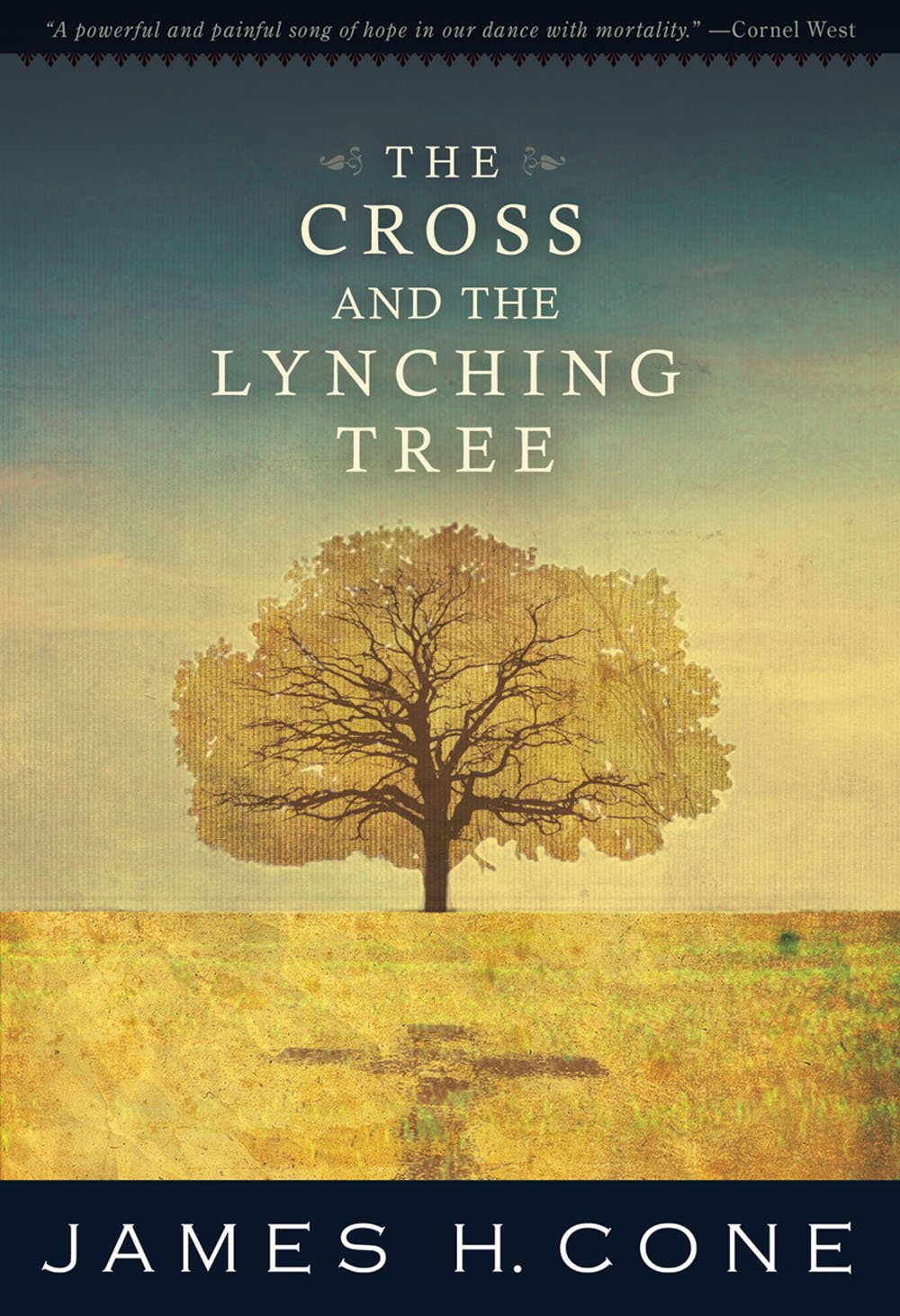Because God was present with Jesus on the cross and thereby refused to let Satan and death have the last word about his meaning, God was also present at every lynching in the United States. God saw what whites did to innocent and helpless blacks and claimed their suffering as God's own. God transformed lynched black bodies into the recrucified body of Christ. Every time a white mob lynched a black person, they lynched Jesus. The lynching tree is the cross in America. When American Christians realize they can meet Jesus only in the crucified bodies in our midst, they will encounter the real scandal of the cross.
The central thesis of James Cone's The Cross and the Lynching Tree is exceedingly simple: the symbol in American life that resembles the cross of Christianity most closely is the tree on which thousands of black men and women were lynched. Cone repeats this simple observation over and over again, if only to make the point that it is obvious, and he shouldn't have to keep saying it. With it comes a sobering and challenging truth: that white Christianity has had to work extremely hard over the past few centuries to ignore this fact, and build a version of white Christianity that is inured from grappling with its own role in perpetuating atrocity. How can it be that the people in those old souvenir photos of brutal lynchings would call themselves Christians, when they are reenacting the bloody work of the crucifiers?
This was a difficult read. I'd like to think I have a kind of objective distance from the evangelical tradition I grew up in, but The Cross and the Lynching Tree made me think about the model of sin and salvation that it promulgated in a new light. I was taught to believe in a narrow version of sin that existed only between individual people. I might sin against my wife through adultery, or against a friend by lying to them, but confession and forgiveness might lead to reconciliation. There was no sense of sin on a social, structural, or national scale--or of Martin Luther King's assertion that justice is what love looks like on a social scale. There was plenty of charity and hard work, but never a sense that it was necessary in order to atone and correct for structural inequalities perpetuated by the white church in other ways. Of course, neither did we think of ourselves as the white church. We had members of color enough to avoid thinking of ourselves that way, but I think that an honest reckoning would situate those traditions in a history of whiteness. Like Pilate we wash our hands of it.
I'm no theologian. Brent can probably give you a better sense of how this book is situated in the debates about theology in the 20th century than I can. I get the sense that Cone, a distinguished theologian at Union Seminary, has chosen to write in a mode where pure theology is minimized. There is an intriguing suggestion that the cross is not, as I was taught to think about it, the location of a functional salvation but a pure symbol that represents God's alignment with the suffering of the marginalized and oppressed. (Such a reading would be a deep and brutal indictment of, among other things, mansion-owning hucksters like Joel Osteen.) Yet that seems only lightly developed or defended to me.
Instead, Cone offers a series of chapters each in a different mode: a historical account of lynching (almost too difficult to recap in any meaningful way), a theological challenge to Reinhold Niebuhr as emblematic of white passivism, a straight-up biography of Martin Luther King, Jr. My favorite was a chapter of literary exegesis that traces the connection between the cross and the lynching tree in the work of black poets, artists, and musicians. "It takes a powerful imagination, grounded in historical experience, to uncover the great mysteries of black life," Cone writes. To him the truest theologians and prophets are poets. Another chapter approaches womanist critics by meditating on the importance of women in the story of those who suffered lynching and those who attacked it.
The only thing that I wanted more of was a sense of the here and now. How does the lynching attitude, the dehumanizing of black bodies and lives, inform our understanding of police brutality today? Cone spares a final chapter to sketch these ideas--"The lynching of black America is taking place in the criminal justice system where nearly one-third of black men between the ages of eighteen and twenty-eight are in prisons, jails, on parole, or waiting for their day in court"--but the absence of the symbolic lynching tree means this section lacks the force and power of what precedes it. Perhaps we will never be able to fix the problems in our policing and our criminal justice system without having a reckoning first about the despicable history of lynching.


No comments:
Post a Comment